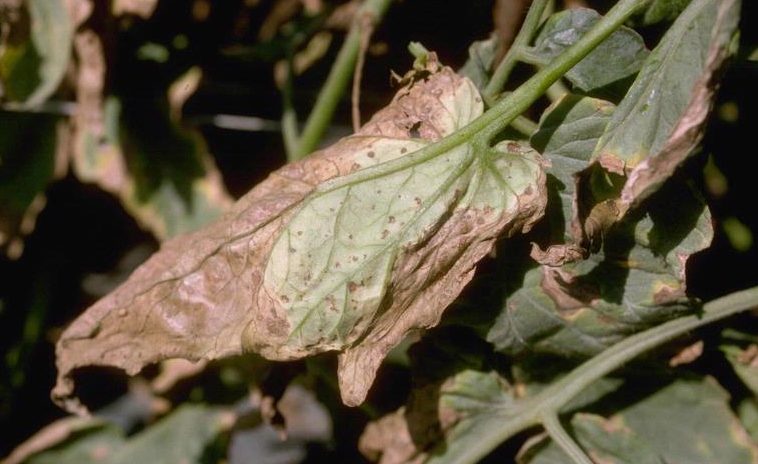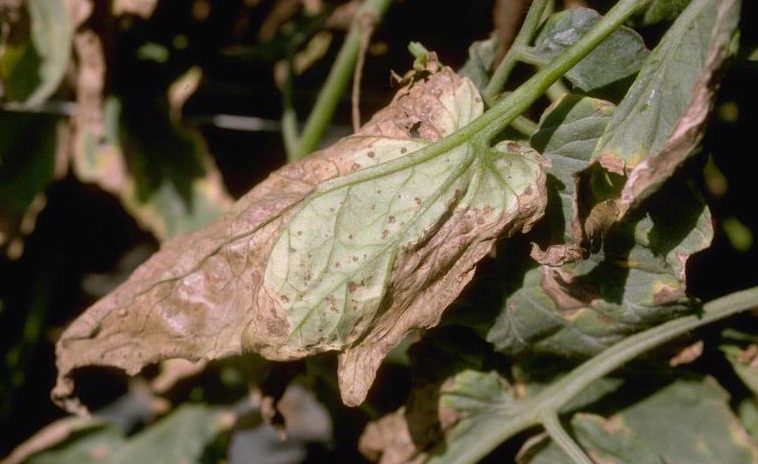
Alabama Extension wants those growing tomatoes and peppers to be aware of bacterial spot, a common disease on the leaves of those two plants. There are several steps growers can take to control and prevent the disease, which involves using multiple management tactics. Controlling the disease with chemicals alone usually results in failure. Steps growers can take include rotating fields out of tomato and pepper production for 12 months before planting either crop again. This allows crop debris that can carry the bacteria to decay, thus killing the pathogen.
Plus, be sure to promptly destroy crops after the last harvest. That will stop bacteria from multiplying in abandoned fields. Destroy spring crops before transplanting later settings to avoid spread of the pathogen. Do not replant into plastic or organic mulch used for a previous crop. There is enough crop debris on or in the mulch to carry-over the bacteria from crop to crop.
Wet field conditions favor disease development, so widening row spacing may reduce disease severity. Leave extra space between plants within rows, a minimum of 24 inches for tomatoes and 18 inches for peppers. If possible, producers should avoid overhead irrigation.
All tomato varieties are susceptible to bacterial spot, and many pepper varieties have some resistance to the disease. Learn more about bacterial spot on the Alabama Extension website.
Share this Post










